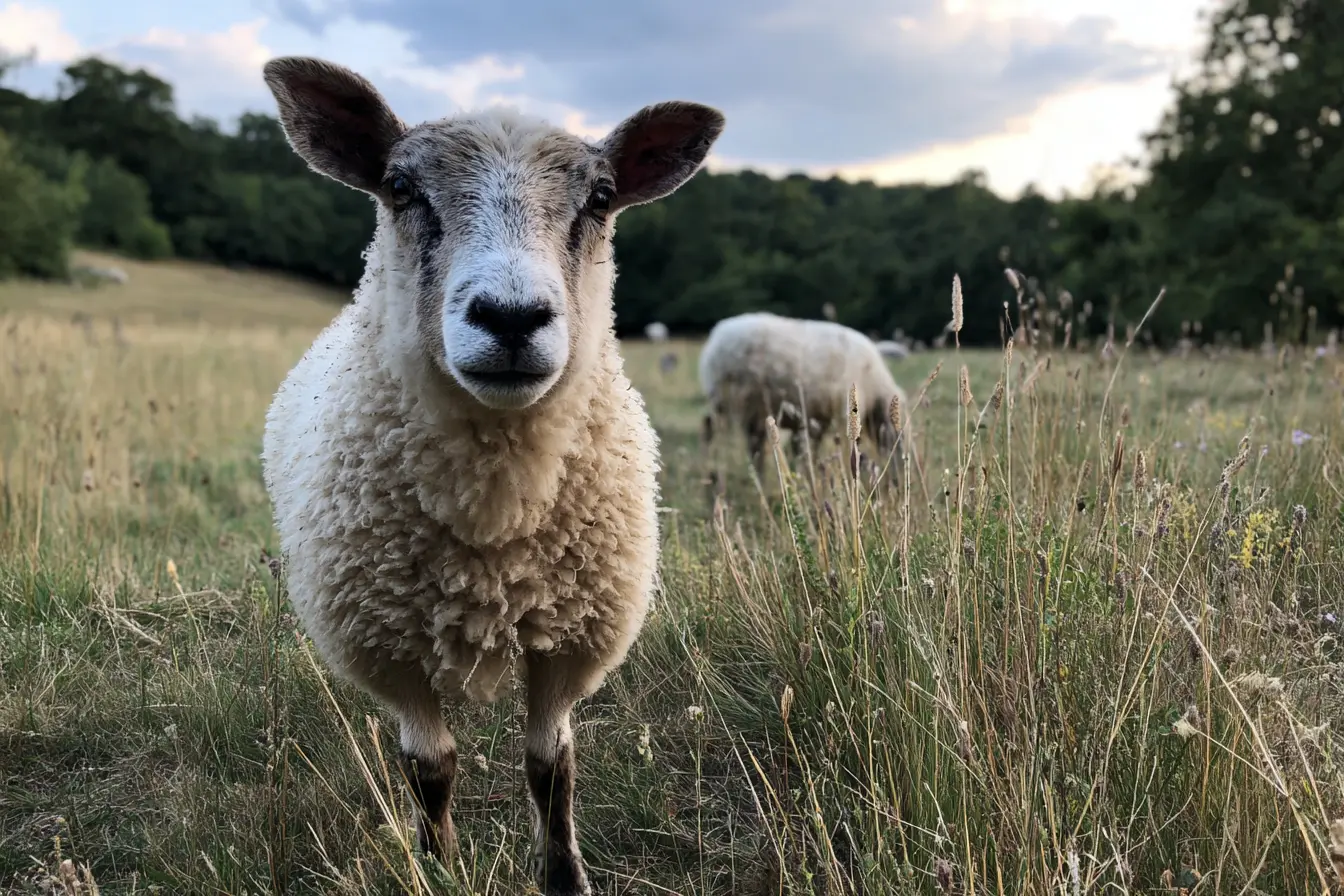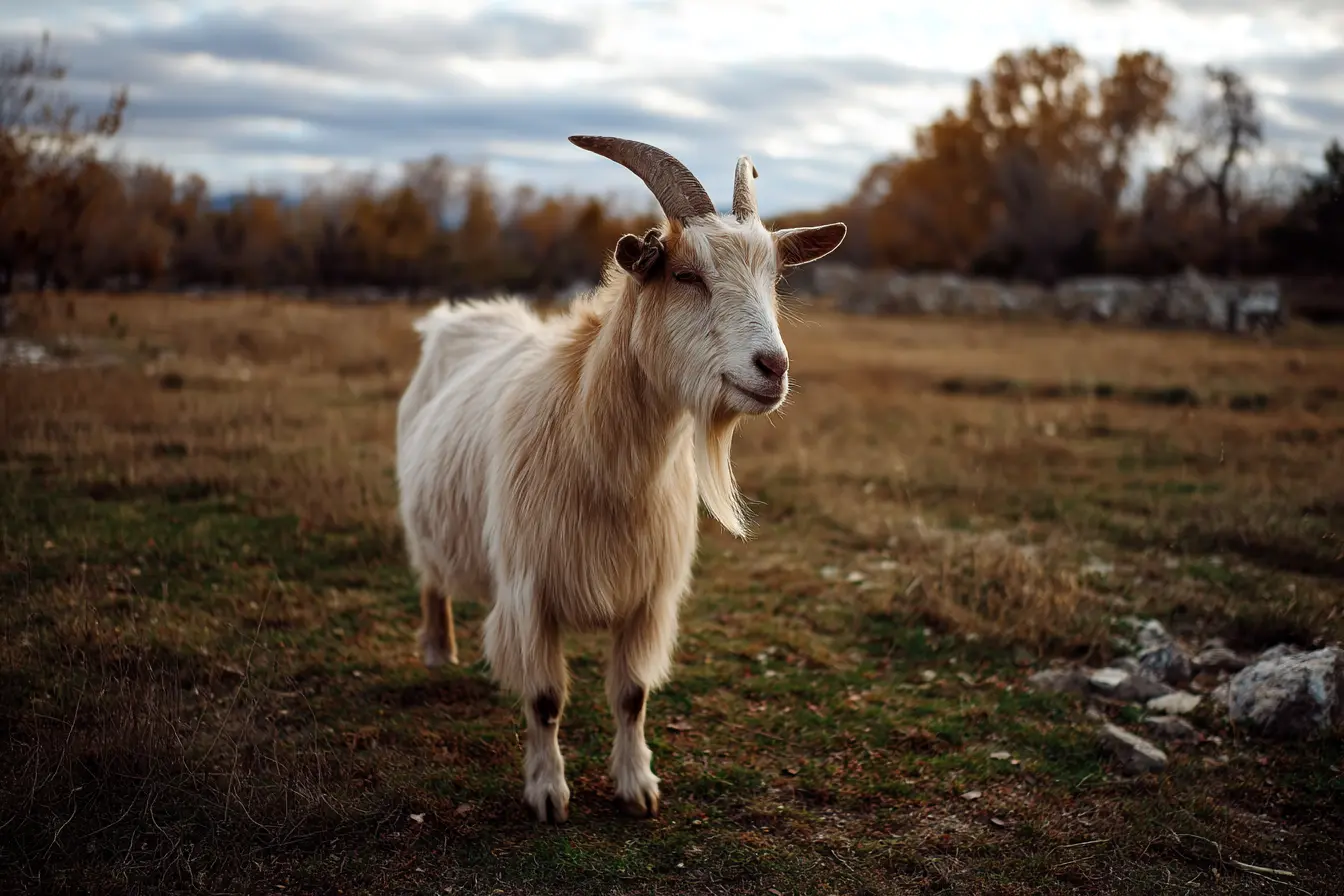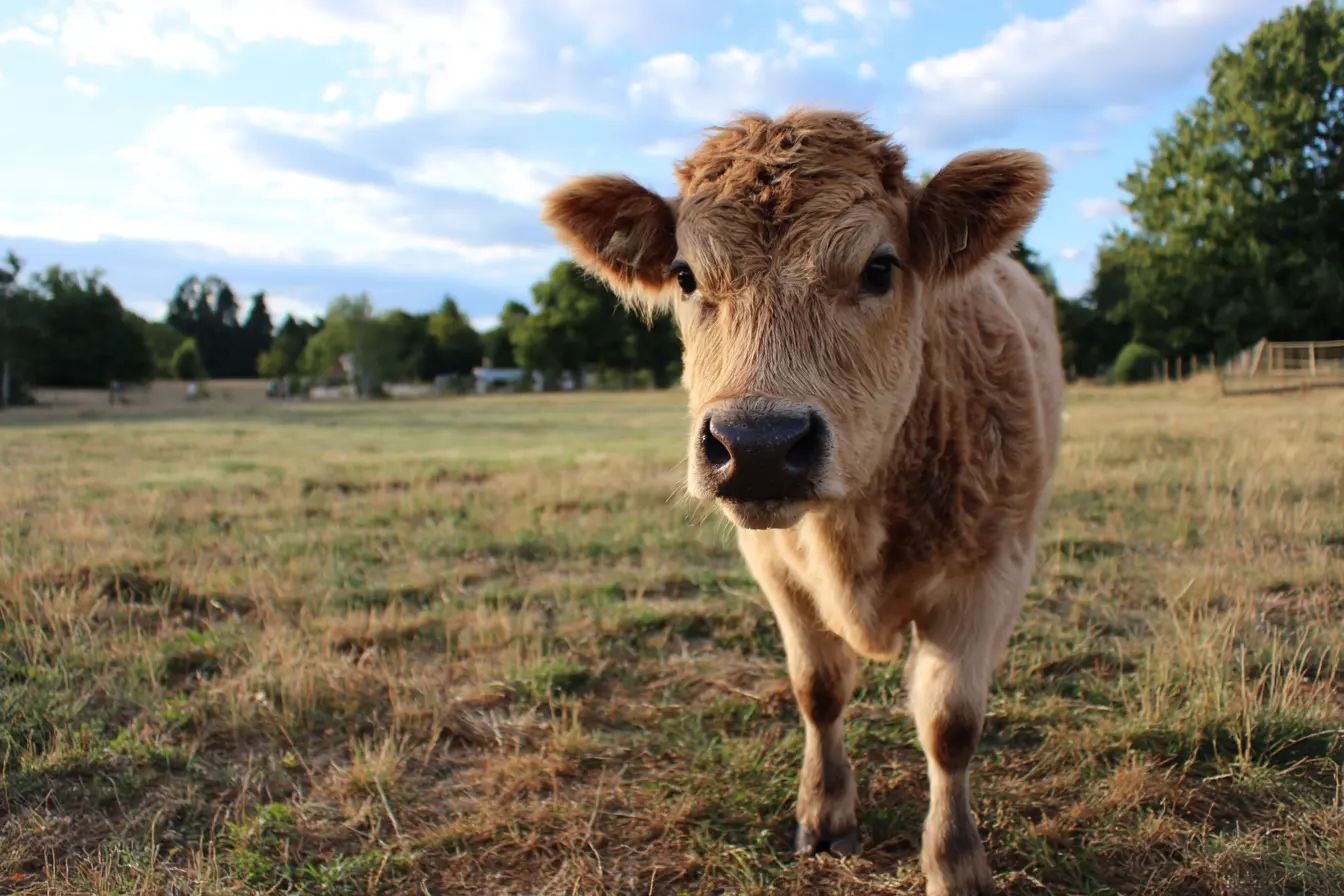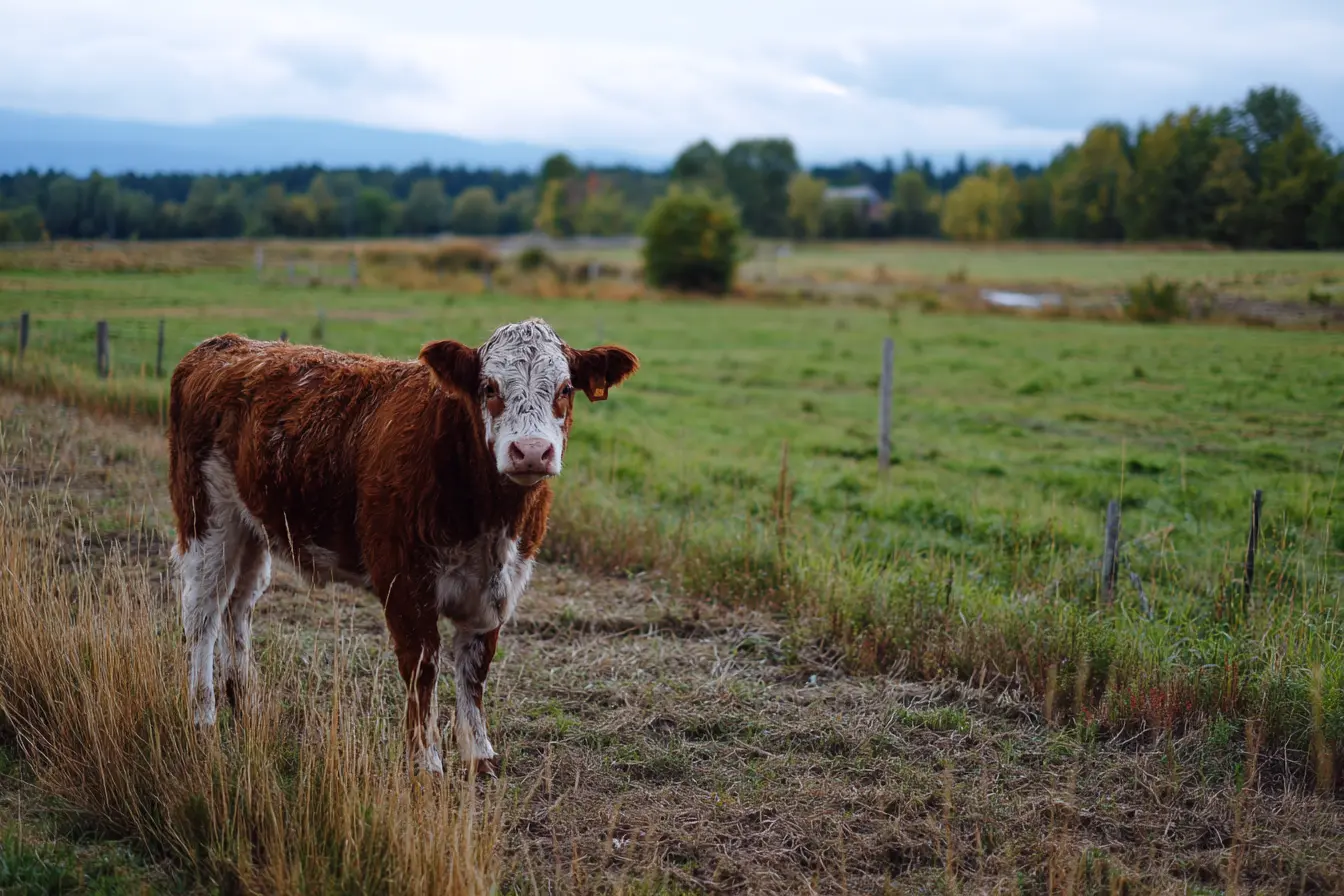
A Complete Guide to Blackleg in Sheep
Blackleg is a severe and often fatal clostridial disease that can affect sheep as well as cattle. It is caused by Clostridium chauvoei, a bacterium found widely in the environment. While less common in sheep than in cattle, outbreaks can cause sudden deaths in flocks, leading to serious welfare concerns and financial losses.
Because treatment is rarely successful once clinical signs appear, prevention through vaccination and good management is essential. This guide explains everything you need to know about blackleg in sheep, from causes and symptoms to prevention and control.
What is Blackleg?
Blackleg is an acute, non-contagious disease caused by toxins released by Clostridium chauvoei.
Key characteristics include:
- The bacterium exists in the soil as hardy spores that survive for years.
- Spores can be ingested and enter the bloodstream, lying dormant in muscle tissue.
- When muscle is damaged (for example, by bruising, shearing cuts, or injection sites), spores can multiply under low-oxygen conditions.
- The bacteria release toxins that destroy muscle tissue and cause septicaemia (blood poisoning).
The disease progresses rapidly, often killing animals within 12–48 hours of onset.
Causes and Risk Factors
Sheep are at higher risk of blackleg when:
- Grazing contaminated pastures, especially where cattle have previously been kept.
- Sustaining muscle damage from handling, injections, shearing, or rough terrain.
- Experiencing bruising during transport or fighting.
- Undergoing surgical procedures such as castration or tail docking.
- Living in areas with a history of clostridial disease outbreaks.
- Being unvaccinated or incompletely vaccinated.
Young, fast-growing sheep are the most commonly affected, but any age group can be vulnerable.
Symptoms of Blackleg
Blackleg develops very quickly. In many cases, sheep are simply found dead without showing clear signs of illness. Where symptoms are seen, they may include:
- Sudden onset of lameness in one or more legs.
- Swelling in affected muscles (commonly the hindquarters, neck, or shoulders).
- Crepitus (a crackling sound) when pressing the swollen area due to gas in tissues.
- High fever, depression, and loss of appetite.
- Rapid collapse and death within hours.
Post-mortem examination often reveals:
- Dark, discoloured, and spongy muscle with a foul smell.
- Gas bubbles present within the muscle.
- Signs of widespread tissue damage and septicaemia.
Diagnosis
Diagnosis is usually based on clinical history and post-mortem findings.
- History: sudden deaths in young, unvaccinated sheep.
- Clinical signs: rapid swelling, crepitus, and acute lameness.
- Post-mortem examination: characteristic blackened muscle with gas.
- Laboratory tests: confirmation via bacterial culture or PCR testing, though often unnecessary due to clear post-mortem signs.
Treatment
Treatment of blackleg in sheep is rarely effective because the disease progresses so quickly.
Where attempted:
- High doses of penicillin may help if given very early.
- Wounds should be cleaned and debrided to remove necrotic tissue.
- Supportive care, including fluids and pain relief, may be provided.
In practice, most affected sheep die before treatment can begin.
Prevention
Prevention is the only reliable way to control blackleg in sheep.
Vaccination
- Highly effective and widely used in the UK.
- Multivalent clostridial vaccines (such as 5-in-1 or 8-in-1) include protection against blackleg.
- Vaccination programme:
- Lambs: first dose at 6–12 weeks of age, followed by a second dose 4–6 weeks later.
- Annual boosters for all adults.
- Ewes: booster 4–6 weeks before lambing to provide colostral immunity to lambs.
Good Management
- Avoid rough handling that can cause muscle damage.
- Use clean equipment for injections and other husbandry procedures.
- Rotate pastures where clostridial disease has previously occurred.
- Dispose of carcasses promptly to reduce environmental contamination.
Economic and Welfare Impact
- Welfare: Blackleg causes rapid, painful illness and sudden death, making it a serious welfare concern.
- Economic: Loss of prime lambs and breeding animals, reduced productivity, and costs of treatment or disposal.
- Prevention vs loss: Vaccination is inexpensive compared to the losses caused by even a small outbreak.
When to Seek Veterinary Help
Contact a vet if:
- You experience sudden, unexplained deaths in your flock.
- Sheep show swelling, acute lameness, or rapid deterioration.
- You need advice on vaccination schedules.
- You farm in an area with a history of blackleg or other clostridial diseases.
Conclusion
Blackleg in sheep is a fast-acting and deadly disease caused by Clostridium chauvoei. Because treatment is rarely effective, prevention through vaccination and good management is vital. Regular vaccination, careful handling, and maintaining clean conditions can protect flocks from the devastating effects of this clostridial disease.
For sheep keepers in the UK, a robust clostridial vaccination programme is an essential part of herd health planning, ensuring both animal welfare and farm profitability are safeguarded.
Vets near you
Speciality vets
- Aquatics vet specialists
- Birds vet specialists
- Camelids vet specialists
- Cats vet specialists
- Cattle vet specialists
- Deer vet specialists
- Dogs vet specialists
- Equines vet specialists
- Exotic vet specialists
- Goats vet specialists
- Pigs vet specialists
- Poultry vet specialists
- Sheep vet specialists
- Small Mammals vet specialists
- Wild vet specialists



